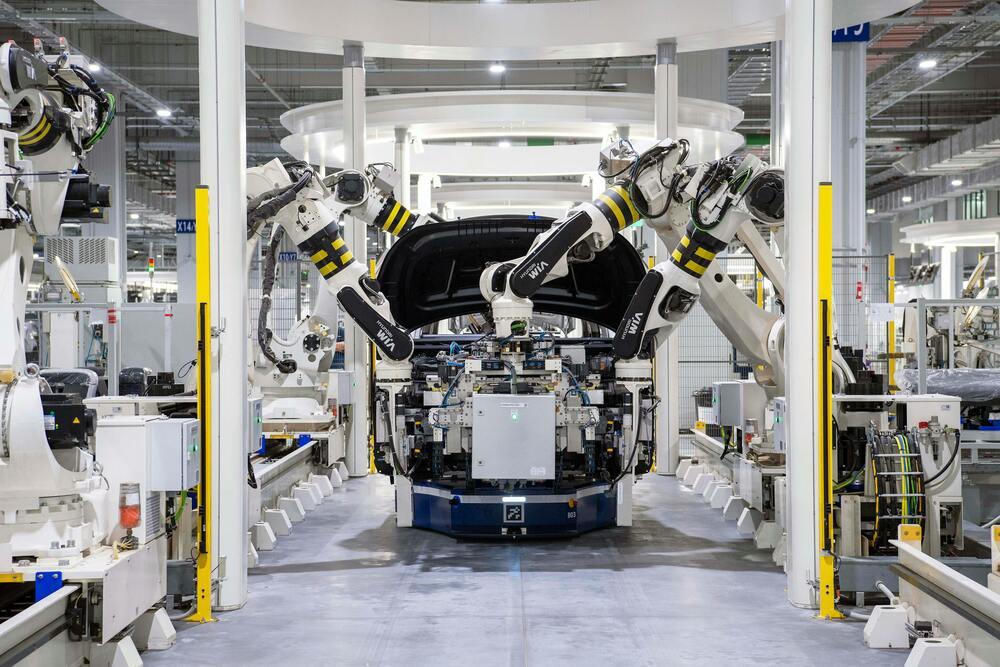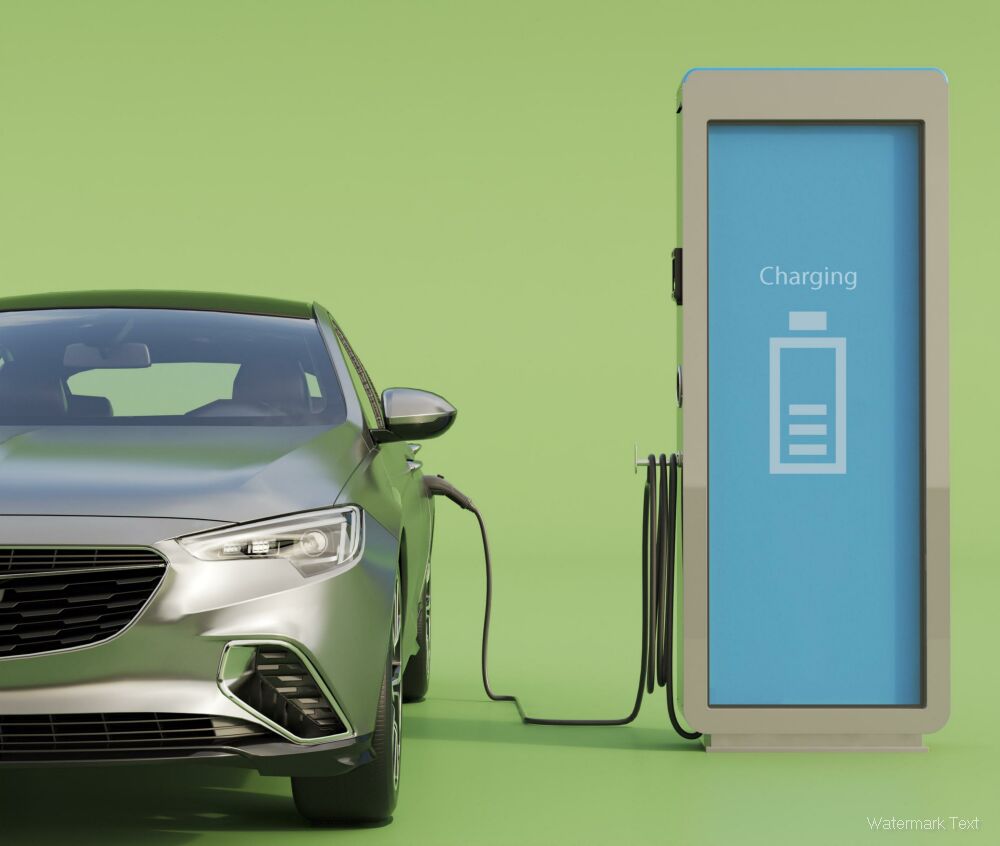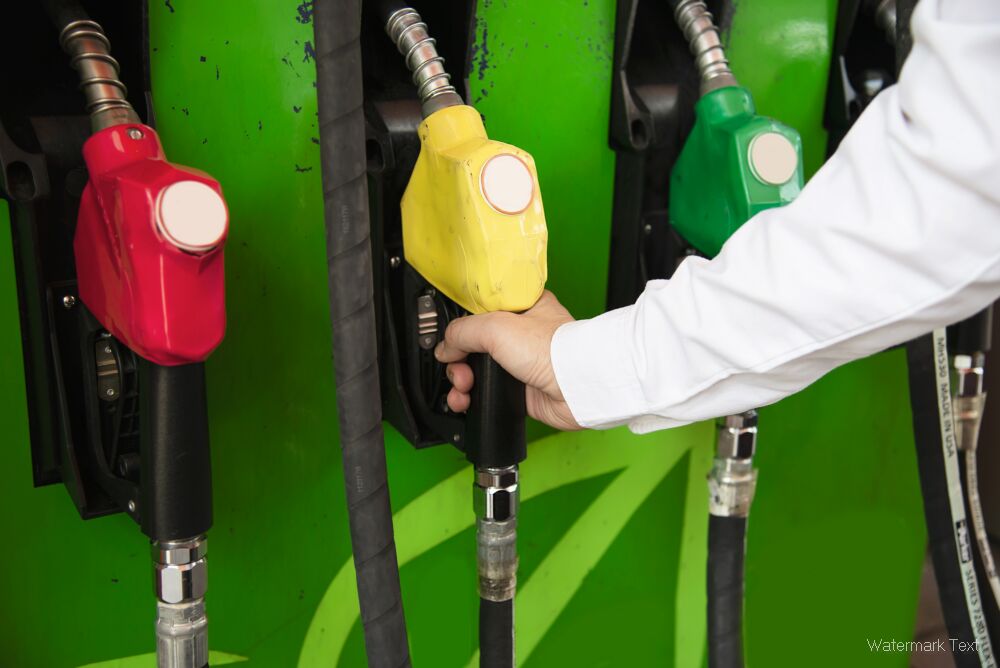In the fast-paced world of automotive manufacturing, robotics has emerged as a game-changer, revolutionizing production lines and enhancing efficiency. ?✨ With the global automotive industry projected to reach a staggering $9 trillion by 2025, the integration of robotics is not just a trend; it’s a necessity. This blog delves into the significant impact of robotics on automotive manufacturing, supported by compelling statistics and clear data visualizations.

The Rise of Robotics in Automotive Manufacturing
The adoption of robotics in the automotive sector has skyrocketed over the past decade. According to the International Federation of Robotics (IFR), the number of industrial robots in the automotive industry has increased by over 50% since 2015. In 2022 alone, approximately 1.8 million industrial robots were in operation worldwide, with a significant portion dedicated to automotive manufacturing.
Key Statistics
- Global Robot Density: The automotive industry boasts a robot density of 1,200 robots per 10,000 employees, making it one of the most automated sectors.
- Cost Savings: Companies that integrate robotics into their manufacturing processes can save up to 30% on production costs.
- Production Speed: Robotics can increase production speed by up to 50%, allowing manufacturers to meet growing consumer demands more effectively.
Table 1: Growth of Robotics in Automotive Manufacturing (2015-2022)
| Year | Number of Industrial Robots | Growth Rate (%) | Robot Density (per 10,000 employees) |
|---|---|---|---|
| 2015 | 1,200,000 | - | 900 |
| 2016 | 1,300,000 | 8.33 | 950 |
| 2017 | 1,400,000 | 7.69 | 1,000 |
| 2018 | 1,500,000 | 7.14 | 1,050 |
| 2019 | 1,600,000 | 6.67 | 1,100 |
| 2020 | 1,700,000 | 6.25 | 1,150 |
| 2021 | 1,800,000 | 5.88 | 1,200 |
| 2022 | 1,900,000 | 5.56 | 1,250 |
Benefits of Robotics in Automotive Manufacturing
The benefits of incorporating robotics into automotive manufacturing are manifold. Here are some of the most significant advantages:
-
Increased Precision: Robots can perform tasks with a level of precision that far exceeds human capabilities. This is crucial in automotive manufacturing, where even the slightest error can lead to significant safety issues.
-
Enhanced Safety: By taking over dangerous tasks, robots reduce the risk of workplace injuries. This not only protects workers but also lowers insurance costs for manufacturers.
-
24/7 Operation: Unlike human workers, robots can operate continuously without breaks, leading to increased productivity and reduced lead times.
-
Flexibility: Modern robotics can be programmed for various tasks, allowing manufacturers to adapt quickly to changing market demands. This flexibility is essential in an industry where consumer preferences can shift rapidly.
Table 2: Benefits of Robotics in Automotive Manufacturing
| Benefit | Description | Impact (%) |
|---|---|---|
| Increased Precision | Robots perform tasks with high accuracy, reducing errors. | 90% |
| Enhanced Safety | Robots take over hazardous tasks, improving workplace safety. | 70% |
| 24/7 Operation | Continuous operation leads to higher productivity. | 50% |
| Flexibility | Ability to adapt to new tasks quickly. | 60% |
Challenges and Future Trends
Despite the numerous advantages, the integration of robotics in automotive manufacturing is not without challenges. High initial costs, the need for skilled personnel, and potential job displacement are significant concerns. However, the future looks promising.
Future Trends
-
Collaborative Robots (Cobots): These robots work alongside human workers, enhancing productivity while maintaining safety. Cobots are expected to become more prevalent in the coming years.
-
Artificial Intelligence (AI): The integration of AI with robotics will lead to smarter manufacturing processes, enabling predictive maintenance and real-time decision-making.
-
Sustainability: As the automotive industry shifts towards electric vehicles, robotics will play a crucial role in sustainable manufacturing practices, reducing waste and energy consumption.
Table 3: Future Trends in Robotics
| Trend | Description | Expected Impact |
|---|---|---|
| Collaborative Robots | Robots that work alongside humans to enhance productivity. | High |
| Artificial Intelligence | AI integration for smarter manufacturing processes. | Very High |
| Sustainability | Robotics will help reduce waste and energy consumption in manufacturing. | High |
Conclusion
The role of robotics in automotive manufacturing is undeniable. As the industry continues to evolve, embracing robotics will be essential for companies looking to stay competitive. With the potential for increased efficiency, safety, and flexibility, the future of automotive manufacturing is bright. ?
For more insights on the impact of robotics in various industries, check out Robotics Business Review and stay updated on the latest trends and technologies shaping the future of manufacturing.
As we move forward, it’s clear that robotics will not only transform automotive manufacturing but also redefine the entire landscape of production. The journey has just begun, and the possibilities are endless! ?



